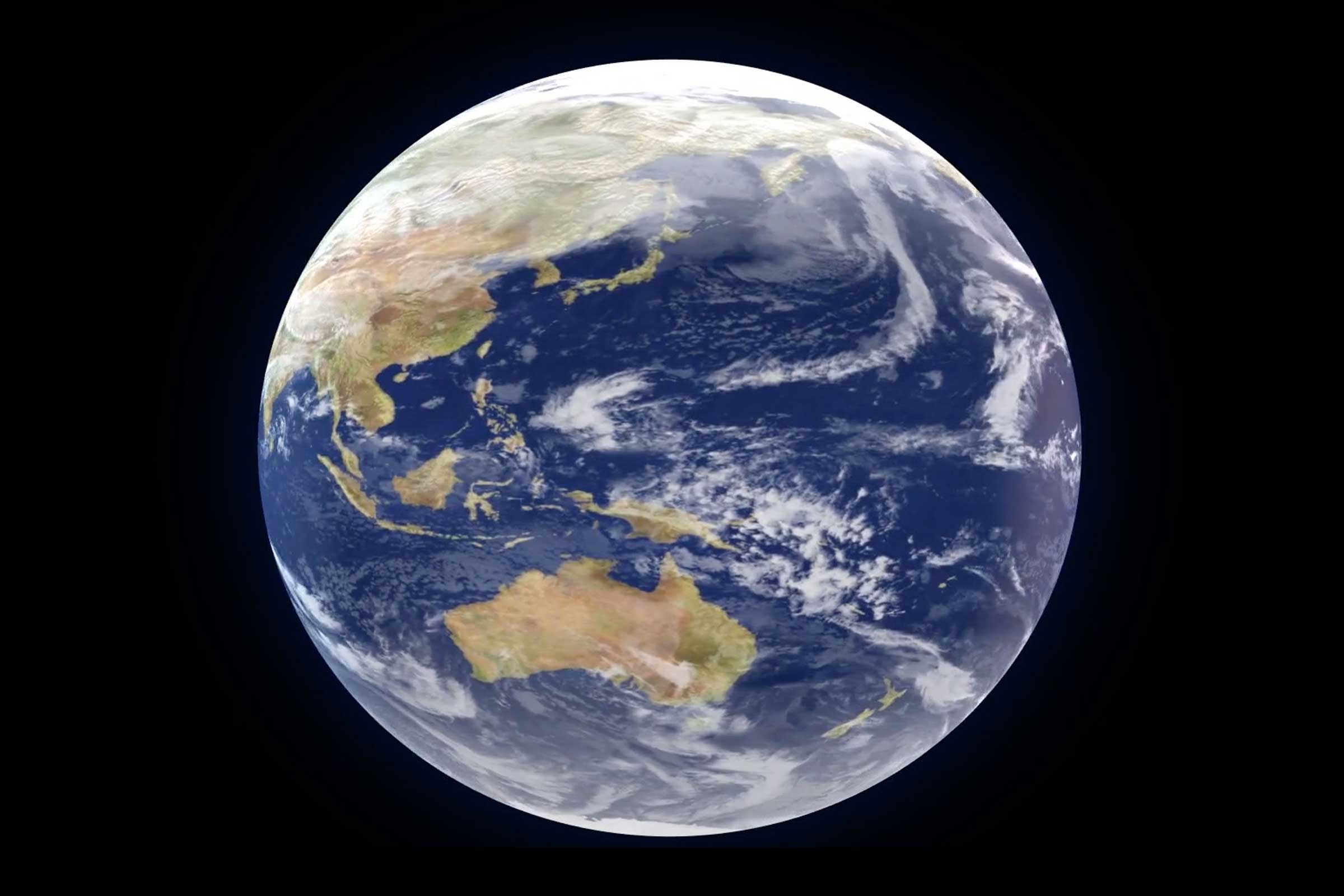
Saving the Planet is Now a Communications Challenge
31.03.22
Are you overwhelmed by the enormity of the climate crisis? There’s so much mixed messaging and increasingly negative narratives around the doom and gloom of it all that it’s unsurprising people switch off and expect someone else to solve it. We get it. But because climate change is communicated as a political, scientific, or corporate governance issue, it’s become psychologically distant – meaning it’s happening at some point in the future, it’s happening somewhere else, and it’s happening to someone else.
Brands and organisations must find better ways to capture the vision of a better tomorrow. Instead of presenting audiences with disaster scenarios driven by confusing numbers measured by scales most of us are unfamiliar with, for any real change to occur we must all communicate the opportunity to build more exciting, better, and hopeful futures. Brands need to convey their offerings more creatively in ways that are not only clear, unique, and compelling, but raise awareness and inspire change. This is achieved through design.
The current visual landscape of climate change and sustainability relies heavily on clichés and inconsistent visuals to convey complex messaging that people find too overwhelming to process – this leads to unimaginative approaches and cluttered and confusing communications that people don’t engage with. How many times have you seen the same stock photos, colour palettes, fonts, graphs, templates, and content in the sustainability space? It’s become so saturated with sameness that it has no cut-through, when it should be commanding attention and making people stop and consider their choices in one of the most pressing issues of our time.
As design leaders our role and responsibility is to communicate in terms that are relevant to people’s lives, to make climate change issues tangible and relevant by breaking down abstract concepts, to lead by innovation and imagination, and to create design that not only makes it easier to take action on, but helps minimise psychological distance.
People, brands, and organisations changing their attitudes and behaviours is the only way we can reduce the impact of the climate crisis. One of the most powerful tools to achieve that is design.